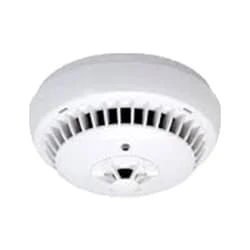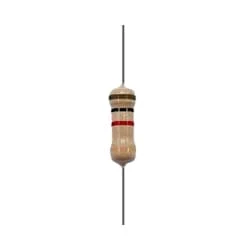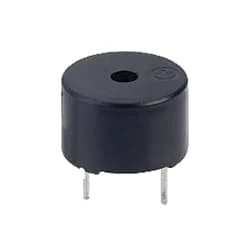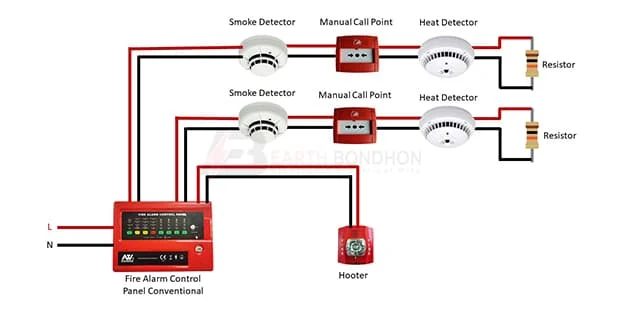Fire Alarm System Conventional Wiring:
This Diagram Shows A Conventional Fire Alarm System Is a Fire Alarm System Wired Using a Radial Method. These Radials Are Dired From The Cain Fire Alarm Panel And Are Either Fire Alarm Zones or Sounder Circuits. A Conventional System Employs One r More Initiating Circuits, Connected To Sensors Wired In Parallel.
Diagram of Fire Alarm System Conventional wiring:
Components Need for this Project:
You can get the components from any of the sites below:
- Panel Conventional [See Buy Click Amazon]
- Manual Call Point [See Buy Click Amazon]
- Heat Detector [See Buy Click Amazon]
- Smoke Detector [See Buy Click Amazon]
- Resistor [See Buy Click Amazon]
- Hooter [See Buy Click Amazon]
*Please note: These are affiliate links. I may make a commission if you buy the components through these links. I would appreciate your support in this way!
Read Also:
- ac motor speed controller circuit
- Battery level indicator circuit
- Dc Motor control Forward Reverse and stop
- DC motor forward and reverse controller using relay
- 5-Pin Relay Wiring Diagram
Components used to make the Fire Alarm System Conventional Wiring:
01. Panel Conventional
 |
| Fig 2: Panel Conventional |
This Life-Safety device Includes a Smoke Detection device, an automatic Control Unit, and an audible alarm in a Single Unit. It quickly alerts residents in the event of a fire. L1 provides for the installation of automatic fire detection AFDs in all areas of a building. L2 Provides Automatic fire Detection AFD as Defined in L3 as well as in high-risk or hazardous areas. The Point of a fire Alarm Control Panel is to Activate a quick Emergency Response in the Event of a fire so that Everyone in the Building has a Chance to get out Safely.
02. Manual Call Point
 |
| Fig 3: Manual Call Point |
A Manual Call Point is a Device That Enables Personnel to Raise an Alarm in the Event of a Fire Incident by Pressing a Frangible Element to Activate the Alarm System. A Fire Alarm Call Point Should be Installed at a height of 1.4m Above Floor Level at Easily Accessible And Conspicuous Positions. Manual call Points, Often Known as 'Break-Glass' Call Points, Enable a Person Who Discovers a fire to Operate the Fire Warning System and Immediately raise the Alarm to Warn other People on the premises. Manual Call Points are Normally Positioned at exit Doors.
03. Heat Detector
 |
| Fig 4: Heat Detector |
A Heat Detector is a Fire Alarm Device Designed to Respond When The Convected Thermal Energy of a Fire Increases The Temperature of a Heat-Sensitive Element. The Thermal Mass and Conductivity of The Element Regulate The Rate of The Flow of Heat Into The Element. All heat Detectors have this Thermal lag. A Heat Detector is a Property-Safety Sensor That Responds to Very High Temperatures That are Only Present During Fires. Standalone heat Detectors are Often Used in rooms Where Smoke Detectors may Cause False Alarms. Heat sensors Usually take Longer to Respond to fire Than Smoke Detectors.
04. Smoke Detector
 |
| Fig 5: Smoke Detector |
A Smoke Detector is an Electronic Fire-Protection Device That Automatically Senses The Presence of Smoke, as a key indicator of fire, And Sounds Like a Warning to Building Occupants. Commercial And Industrial Smoke Detectors Issue a Signal To a Fire Alarm Control Panel as Part of a Building's Central Fire Alarm System. Household Smoke Detectors, or Smoke Alarms, Issue an Audible And/or Visual Alarm locally From The Detector Itself. They Can be Battery-Powered Single Units or Several Interlinked Hardwired Devices Backed up by Batteries.
05. Resistor
 |
| Fig 6: Resistor |
The main function of a resistor is to block the flow of current or cause a voltage drop in an electronic circuit. In short, the function of the register is to prevent the movement of electricity. When we know about electronics, the first name that comes is Resistor. It is basically a common component of electronics. This component is used in every electronic circuit. A resistor is a very familiar component to those who work with electronics. It has a special function. Resistance is denoted by R. Its unit is the ohm (Ω). The following figure shows some resistor symbols that are used in various circuit boards and circuit diagrams.
06. Hooter
 |
| Fig 7: Hooter |
The sound of a Fire Alarm Hooter is comparatively louder than the sound of a Fire Alarm Bell. The inner bell sounds more like a bell and the outer bell sounds more like an ambulance. The fireman's fire bell means there is a fire somewhere, the fire brigade vehicles will come out and clear the road. As soon as someone sees the fire, they will sound the alarm by pressing the fire alarm switch placed on the floor. As soon as the fire alarm or whistle is heard, all people on the floor, except the firefighters, switch off the machines as quickly as possible or leave the manual work and everyone descends the stairs according to the evacuation plan.
Thank You for visiting the website. Keep visiting for more Updates


Post a Comment
Do leave your comments